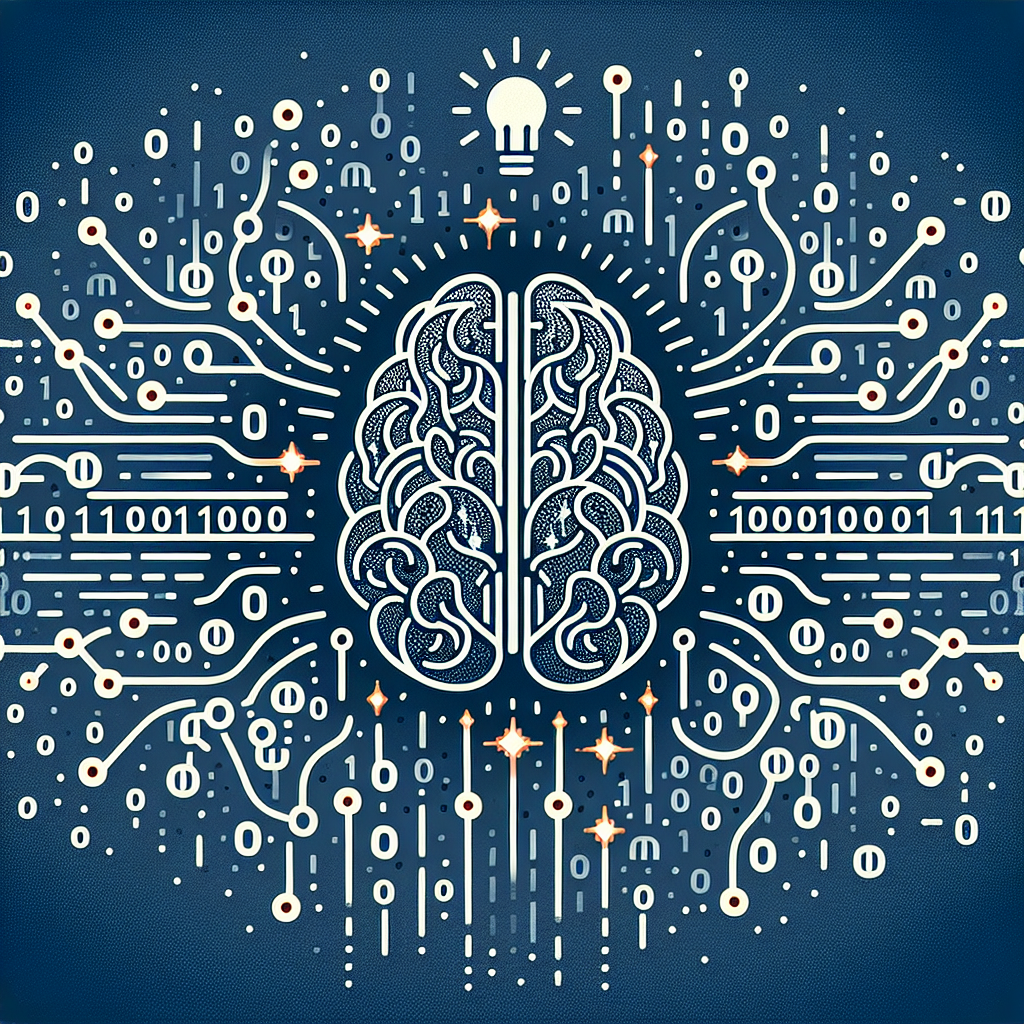Demystifying AGI: Exploring the World of Artificial General Intelligence
Artificial General Intelligence, or AGI for short, is a term that is becoming more and more prevalent in today’s society. With the rapid advancements in technology, the idea of creating machines that can think, learn, and reason like humans is no longer just a concept seen in science fiction movies. AGI has the potential to revolutionize the way we live, work, and interact with the world around us. But what exactly is AGI, and how does it differ from other forms of artificial intelligence? In this article, we will explore the world of AGI, demystifying its complexities and shedding light on its potential implications for society.
What is AGI?
AGI refers to a type of artificial intelligence that possesses the ability to understand and learn any intellectual task that a human being can. This means that AGI systems are not limited to specific tasks or domains, but rather have the cognitive capabilities to tackle a wide range of tasks with the same level of proficiency as a human. In essence, AGI is the ultimate goal of artificial intelligence research, as it represents the creation of machines that can exhibit human-like intelligence across a variety of domains.
AGI vs. Narrow AI
It is important to distinguish between AGI and Narrow AI, as the two are often conflated in discussions about artificial intelligence. Narrow AI, also known as Weak AI, refers to systems that are designed to perform specific tasks or solve particular problems. These systems are limited in scope and do not possess the general intelligence capabilities of AGI. Examples of Narrow AI include speech recognition software, recommendation algorithms, and image recognition systems.
AGI, on the other hand, is designed to mimic the cognitive abilities of the human brain, allowing machines to reason, learn, and adapt to new situations in a way that is similar to human intelligence. While Narrow AI excels at specific tasks, AGI has the potential to surpass human intelligence in a wide range of domains.
The Implications of AGI
The development of AGI has the potential to have far-reaching implications for society. On the one hand, AGI has the potential to revolutionize industries such as healthcare, transportation, and finance, by streamlining processes, improving efficiency, and reducing human error. AGI systems could also help to solve complex societal problems, such as climate change, poverty, and disease, by providing new insights and solutions to these challenges.
However, the development of AGI also raises a number of ethical and societal concerns. For example, there are concerns about the impact of AGI on the job market, as machines with human-like intelligence could potentially replace human workers in a wide range of industries. There are also concerns about the potential for AGI systems to exhibit bias, discrimination, or other harmful behaviors, as a result of the data and algorithms used to train them.
Demystifying AGI
Despite the potential benefits and concerns surrounding AGI, there are still many misconceptions and misunderstandings about this technology. In order to demystify AGI, it is important to understand the current state of research in this field, as well as the challenges that researchers face in creating truly intelligent machines.
One of the key challenges in developing AGI is the complexity of human intelligence. Unlike Narrow AI systems, which are designed to solve specific tasks, AGI systems must be able to reason, learn, and adapt to new situations in a way that is similar to human intelligence. This requires a deep understanding of cognitive processes, neural networks, and other aspects of human intelligence, which is still a subject of ongoing research in the field of artificial intelligence.
Another challenge in developing AGI is the need for large amounts of data and computational power. Creating machines that can exhibit human-like intelligence requires vast amounts of data to train the algorithms, as well as powerful computing resources to process and analyze this data. Researchers are constantly striving to improve the efficiency and effectiveness of AI algorithms, in order to create more intelligent machines that can learn from less data and computational power.
Frequently Asked Questions
Q: How close are we to achieving AGI?
A: While significant progress has been made in the field of artificial intelligence, achieving true AGI remains a distant goal. Researchers are still working to overcome many of the challenges in developing machines that can exhibit human-like intelligence, including understanding cognitive processes, improving algorithms, and increasing computational power.
Q: What are the potential risks of AGI?
A: There are a number of potential risks associated with the development of AGI, including job displacement, bias, discrimination, and other ethical concerns. It is important for researchers, policymakers, and society as a whole to consider these risks and work towards creating AI systems that are safe, fair, and beneficial for all.
Q: How can we ensure that AGI is developed responsibly?
A: Responsible development of AGI requires collaboration between researchers, policymakers, industry leaders, and other stakeholders. It is important to consider the ethical implications of AI systems, as well as the potential risks and benefits of AGI, in order to create AI systems that are safe, fair, and beneficial for society.
In conclusion, AGI represents the next frontier in artificial intelligence research, with the potential to revolutionize the way we live, work, and interact with the world around us. While there are still many challenges and concerns surrounding AGI, it is important to continue exploring this technology in order to unlock its full potential for the benefit of society. By demystifying AGI and shedding light on its complexities, we can better understand the implications of this technology and work towards creating AI systems that are safe, fair, and beneficial for all.

